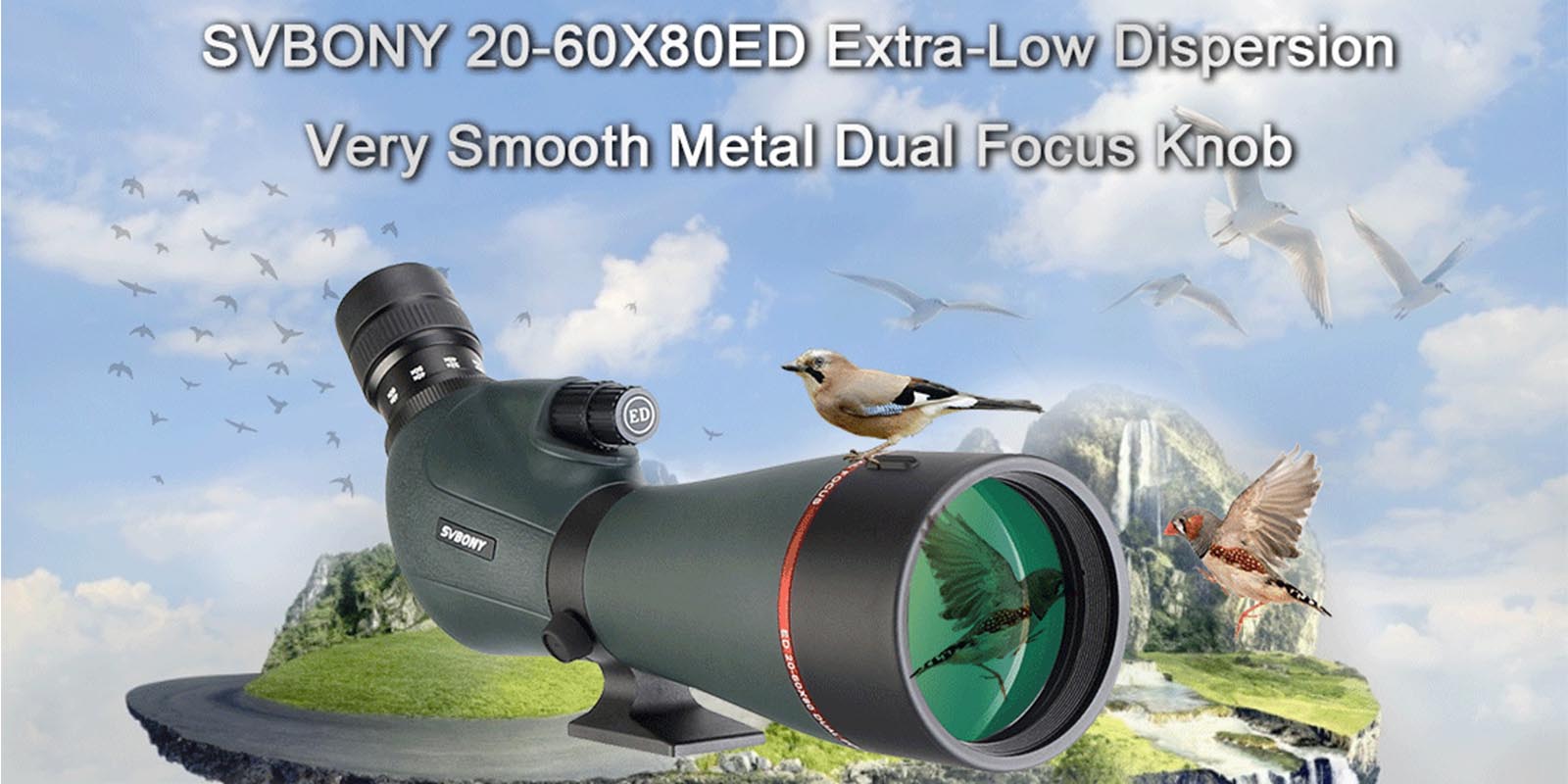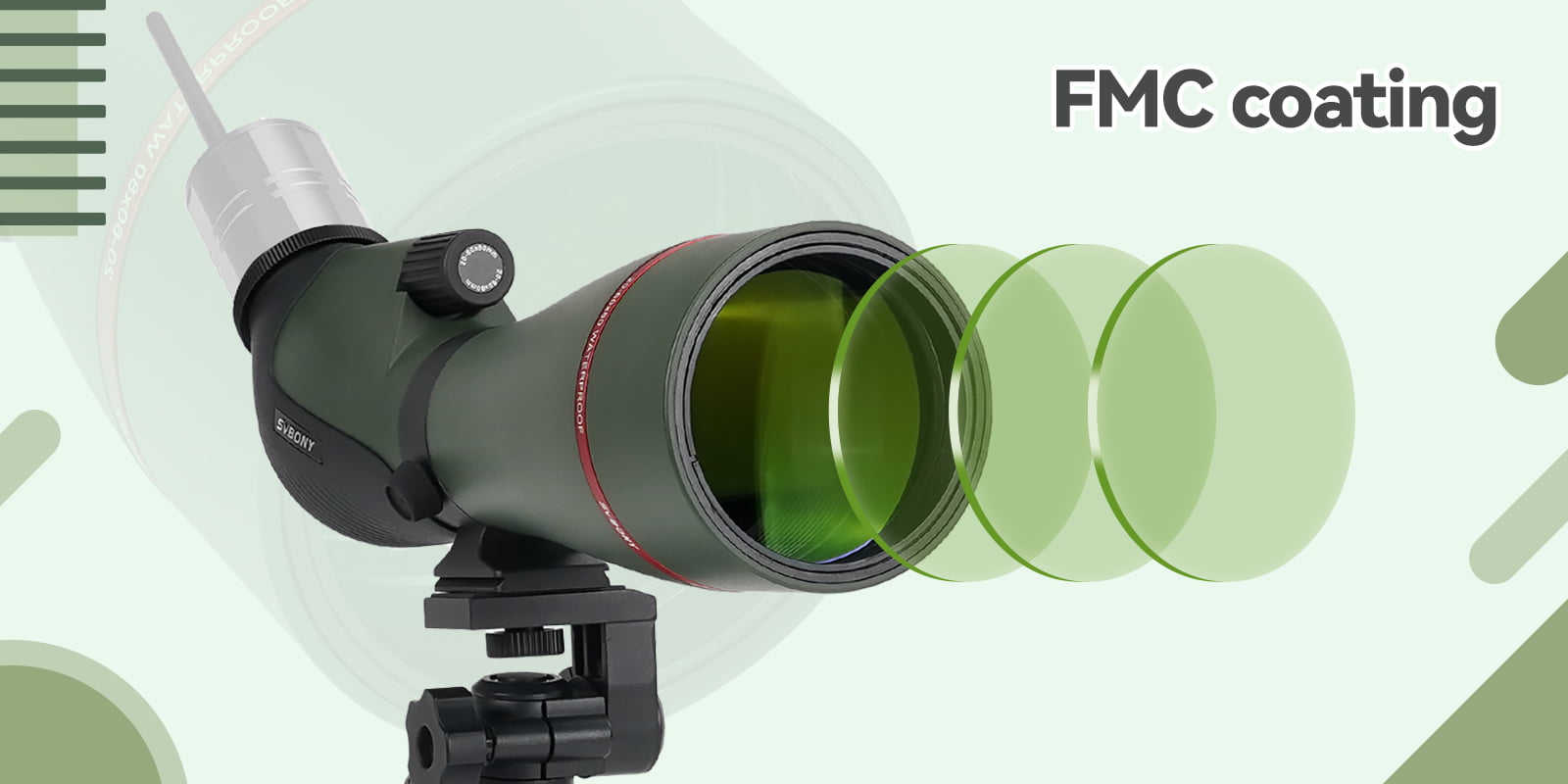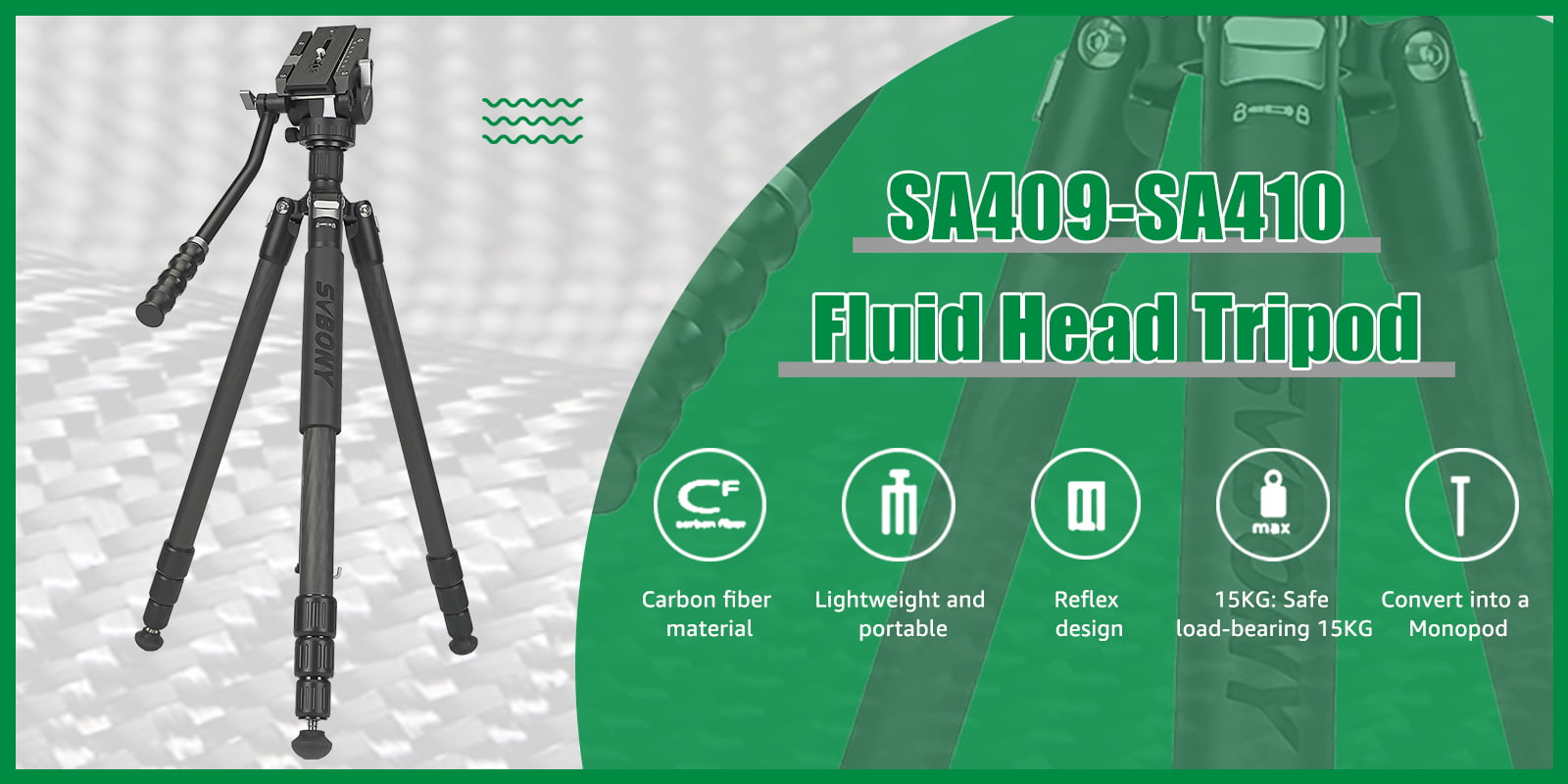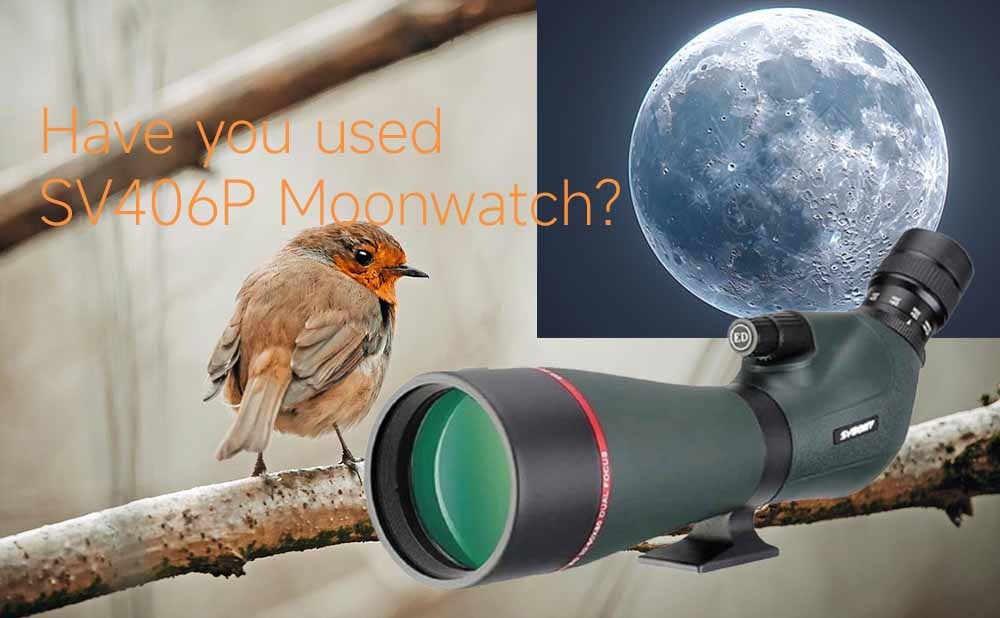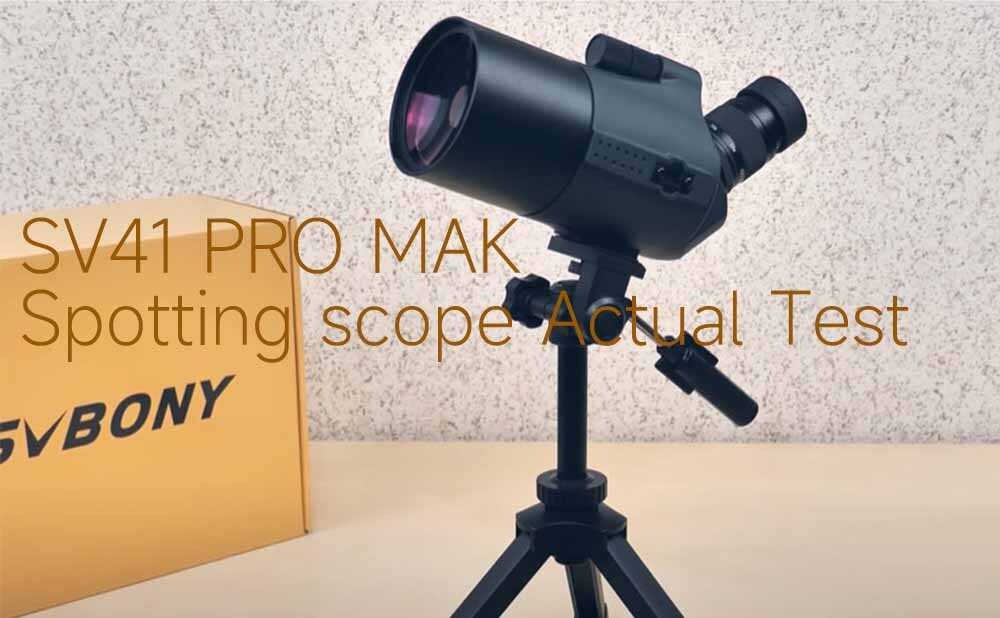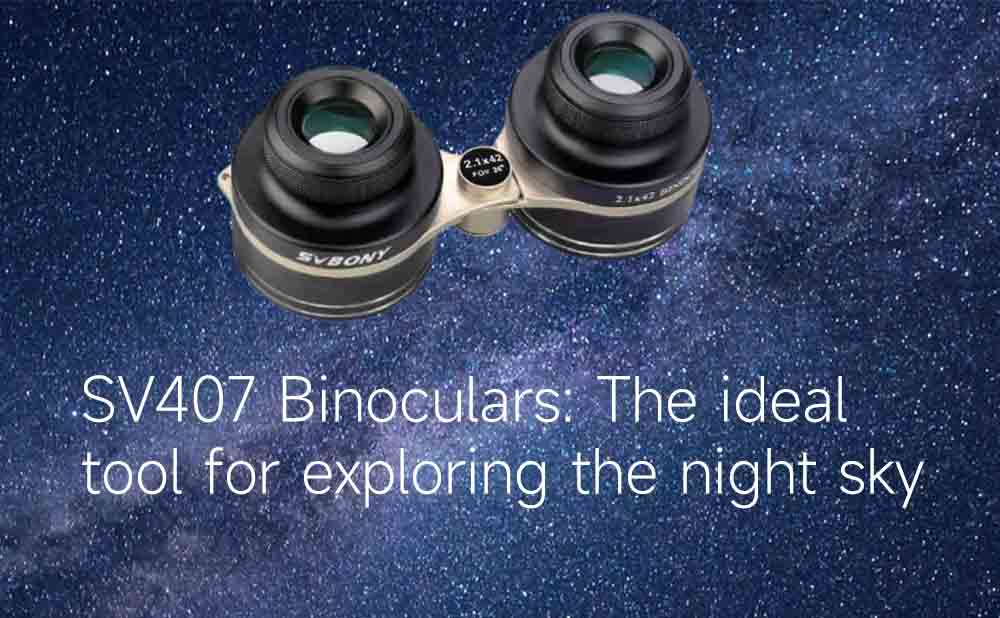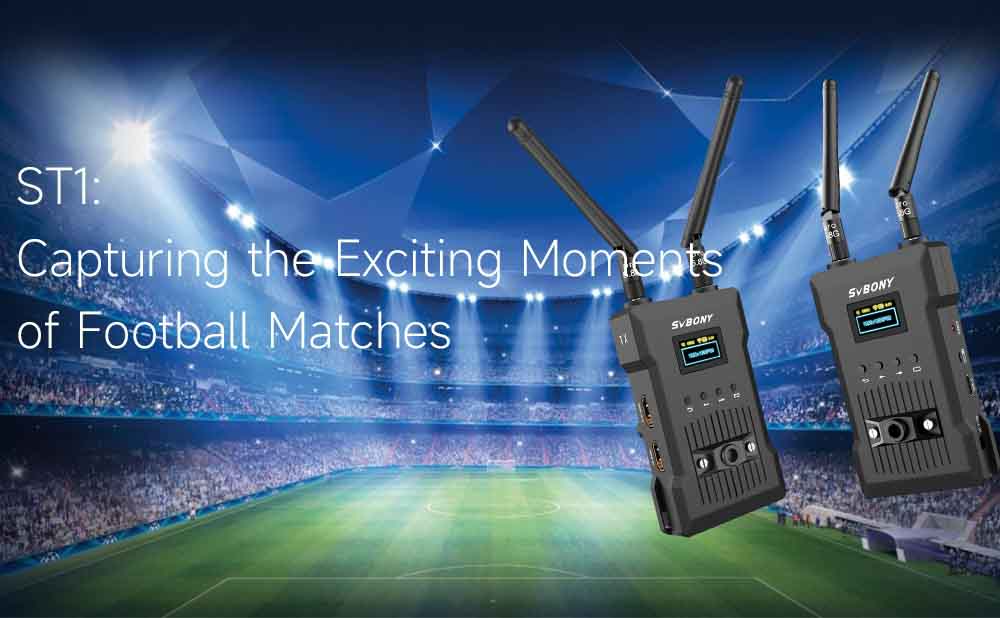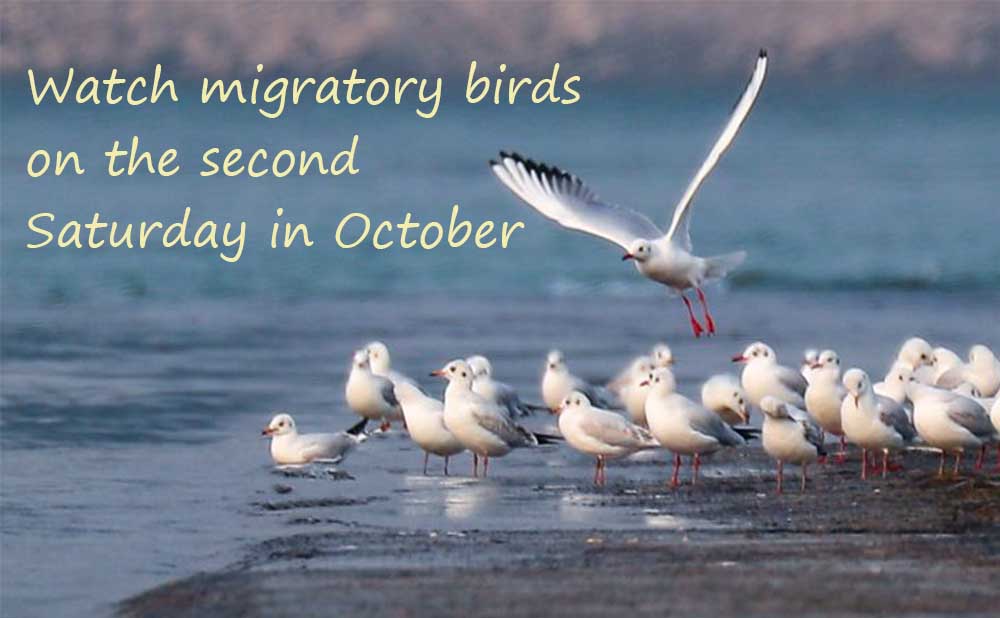What are you looking for?
How to Choose a Birdwatching Scope
How to Choose a Birdwatching Scope
- Posted by:Sara
- 0 Comments
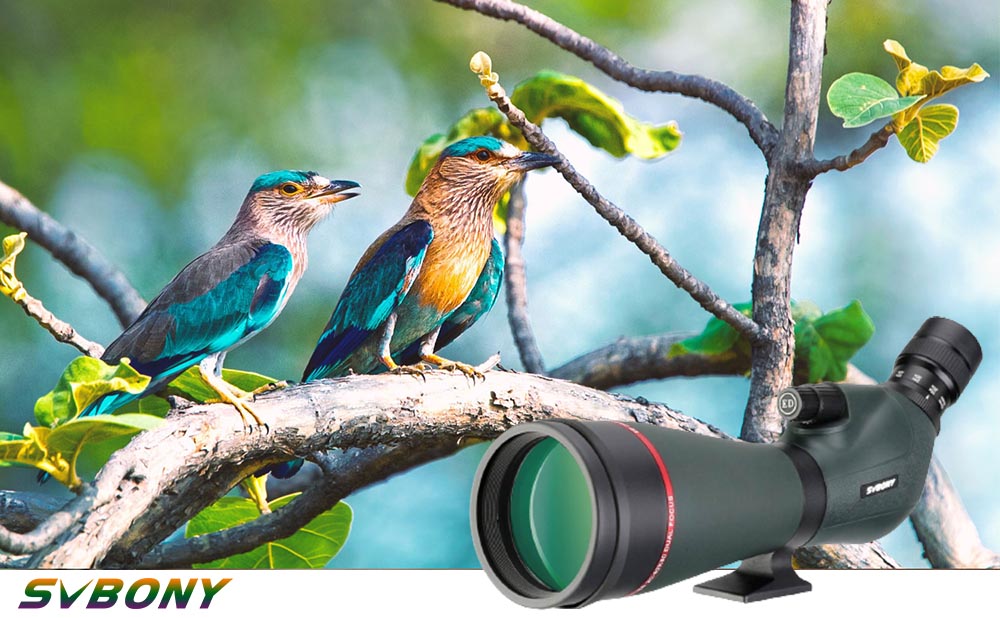
How to Choose a Birdwatching Scope
There is no unified standard for "bird-watching scope". Anything that is light, flexible (including monocular), and good sealing (outdoor), as well as good optical performance is acceptable. The most commonly used equipment for bird watching enthusiasts is a pair of hand-held binoculars. However, as the fever gets worse and you want to see more distant birds, such as waterfowl, or you want to see more details, it’s time for you to get a monocular bird-watching scope.
There are many monocular scope on the market, but they are not necessarily suitable for bird watching. So how to choose a suitable monocular birdwatching scope? I suggest you consider the following aspects:
1.Optical type:
There are many types of monocular telescopes on the market, but not many are suitable for bird watching. First of all, we must rule out reflecting telescopes, such as Newtonian telescopes. People must observe from the side of the lens tube, and the image will be an inverted image. Catadioptric telescopes are also not suitable for bird watching because their focal length is extremely long and the magnification is too high. Moreover, both the primary mirror and the secondary mirror are silver-plated, which will cause light loss and a yellowish color. In addition, the secondary mirror can also cause diffraction of the incident light, resulting in a decrease in clarity.
Therefore, generally speaking, bird-watching monoculars are basically refractive. Monoculars with too large aperture and too long focal length are not suitable for bird watching. Therefore, the mainstream bird-watching monoculars we can see at present are all with a diameter of less than 100mm.
2.Objective lens diameter:
It is generally recommended that the diameter of a bird watching scope is between 50 and 90mm. The diameter is closely related to the volume, weight and magnification of the telescope. Too small an aperture will cause the effective magnification of the telescope to be too low, making it ineffective for fine observation. A too large aperture means a larger size and weight.
For bird watching enthusiasts, carrying a big guy while climbing mountains and wading in the water can be difficult.At present, the diameter of mainstream bird-watching scopes is around 80mm. For less enthusiastic birders, it is better for them to bring a small-diameter 55mm bird-watching scope when going out. For female bird-watching enthusiasts, the diameter between 50-65 is enough. It won’t cause a physical burden, and the matching tripod and head can be made lighter.
3.Objective lens material:
General bird-watching lens objectives are made of ordinary optical glass, high-end bird-watching lens objectives are made of ED glass, and top-level bird-watching lens objectives are made of fluorite.
Learn more from https://www.svbony.com/sv406p-dual-focus-spotting-scope/#F9355B-F9373A-W9166A
ED glass and fluorite blanks are expensive, and the processing yield is low, so the selling price is also very expensive. In terms of optical quality, ED glass has a low dispersion coefficient, and fluorite has an even lower dispersion coefficient.
The lower the dispersion coefficient means that the light of different wavelengths emitted from the object point is finally more concentrated on the image point. From the visual sense, you will find that the image has almost no color edges, and the clarity and contrast are extremely high.
4.Objective lens structure:
The most common objective lens adopts a double-glued structure, which means two pieces of glass with different refractive index are glued together to obtain an achromatic effect. High-quality objective lenses will adopt a double-separated structure, which means that two lenses with different refractive index are appropriately separated.
Compared with the double-cemented structure, two more variables (the curvature of the middle lens and the distance between the lenses) can be added to obtain better aberration correction effects. Better objective lenses use a three-separate structure, that is, three separate lenses. However, this structure is mostly used in top-level refracting astronomical telescopes, and is not used too much in bird watching scopes.
5.Three parameters of the eyepiece:
Exit pupil distance - the maximum distance between the eye and the last eyepiece lens that can clearly see the entire field of view. Generally speaking, it is suitable between 15-20 mm. If it is too small, the eye must be attached to the eyepiece. Only then can you see the entire field of vision clearly. If it is too far away, black shadows will easily appear.
Field of view - The field of view here does not refer to the size of the field of view of the telescope, but to the eyepiece. A field of view of 50 to 60 degrees will achieve satisfactory results. The field of view of the telescope = the field of view of the eyepiece / the multiple of the telescope .
Focal length - This is a very important parameter, because the magnification of the telescope = the focal length of the objective lens / the focal length of the eyepiece. Choosing eyepieces with different focal lengths can combine different magnifications.
About magnification: Bird watching activities are often carried out during the day and are greatly affected by light. If it is cloudy, the magnification cannot be too large, otherwise the diameter of the exit pupil will be too small and the image will be dim. If the sun is sufficient and the atmosphere is transparent, the magnification can Appropriately larger, but at too large a magnification, the fluctuation of atmospheric density will cause light refraction, which will lead to blurred images. Generally, the commonly used magnification is between 20-60 times.
6.Coating:
Learn more from https://www.svbony.com/sa412-spotting-scope-with-adjustable-tabletop-tripod/
High-quality coating can not only improve the brightness of the image, but also improve the color reproduction of the image, reduce flare and glare, and help to see bright and clear images. The best coatings will have a low-reflectivity multi-layer coating on all air-contacting surfaces of the lens.
7.Lens body material:
Top models will use aluminum-magnesium alloy to make the lens body, which is strong and lightweight, but of course expensive. Some models are also made of composite materials.
I generally believe in the durability of metal, after all, it has passed the test of time. How long the life of these new materials will last remains to be tested by time. The common fuselage is made of aluminum alloy, which is cheap and reliable.
For the price, you don’t have to worry about the weight being a little heavier than aluminum-magnesium alloy. There are also many mirror bodies made of plastic or rolled out of thin iron sheets. They are cheaper but have a shorter lifespan.
8.Nitrogen filling and waterproofing:
This is a very popular technology. Dry and clean nitrogen is injected into the internal cavity of a sealed telescope to prevent fogging, mold growth, dust and moisture intrusion inside the telescope. It can adapt to the wild climate with changeable climates & environment. Greatly improve the service life of the telescope.
Now some high-end models have begun to use argon gas with large molecular weight, low loss, and high stability as the internal filling gas of the telescope. Of course, the cost will be higher than nitrogen.
9.Center of gravity position:
For a good telescope, the center of gravity should preferably be at the position where the quick release plate is connected, so that it will be very easy to change the direction of the monocular telescope. Sometimes the appearance design must obey the optical design, causing the center of gravity to deviate, and it is necessary to use a small accessory such as a center of gravity slider to correct the position of the center of gravity.
10.Focusing:
It is recommended to use a monocular with internal focusing as a birdwatching scope, because when the telescope of this structure is focusing, the objective lens and eyepiece are fixed, and only a negative lens inside the telescope moves. The benefit of the structure is that greater airtightness can be achieved.
In addition, the feel of focusing is very important. If the damping is too loose, it will easily slide past the sharp point. If the damping is too tight, the fingers will be tired. The damping that is suddenly tight and loose can drive you crazy, as if you are sitting on a see-saw, unable to find the balance point. High-end models of monocular birdwatching scopes will have two focusing wheels, one for coarse adjustment and one for fine adjustment, so that focusing can take into account both speed and accuracy.
11.Oblique tube VS straight tube:
It is generally recommended to choose an oblique tube as a birdwatching scope, because it is the most comfortable for the human neck when observing with an oblique tube when looking straight. If you use a straight tube, you must extend the tripod higher to reach your eyes, which will reduce the stability of the tripod. However, a straight tube is more suitable for connecting a small digital camera to shoot birds, because the line of sight and the direction of the telescope are consistent.
12.Tripod and panhead:
Tripods and pan head are issues that many novices tend to overlook. Most people are often reluctant to spend money on tripods and pan head. A lightweight and sturdy tripod is very important. Being lightweight can reduce the burden when trekking in the wild, and being sturdy can improve the stability during high-magnification observation. If finances permit, a carbon tripod is a very good choice.
Learn more from https://www.svbony.com/sa409-sa410-fluid-head-tripod/
It is recommended to choose a hydraulic gimbal head with single handle to control left, right and pitch, as it is the easiest to operate. It is best to place the single handle on the left side of the gimbal head. In this way, when using the telescope, hold the single handle with your left hand to control the direction of the telescope, and put your right hand on the focusing wheel to adjust the focus at any time, which is very convenient.
Hope the above is helpful to you!


